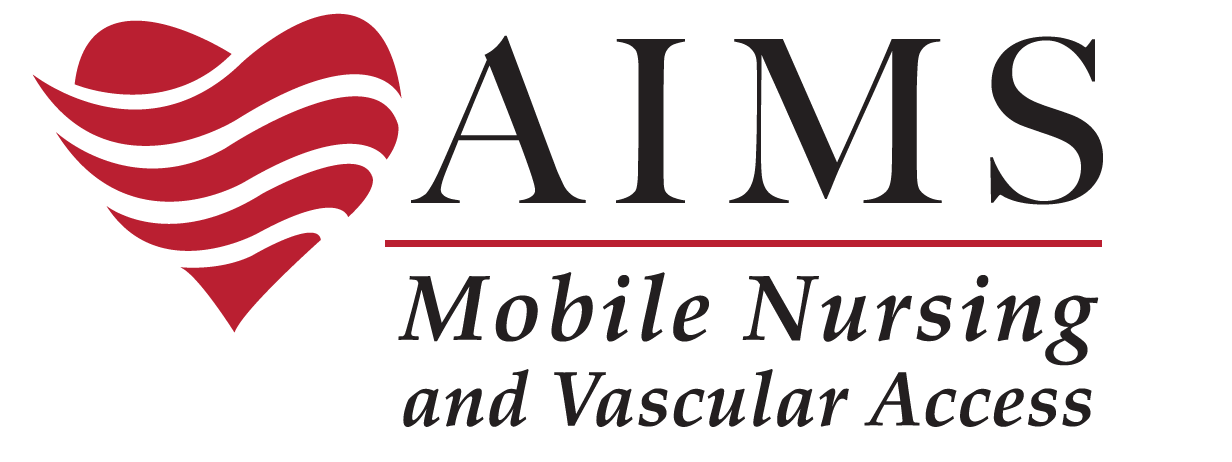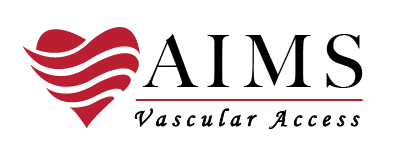By Glenda Dennis, RN, VA-BC, AIMS Founding Member
I occasionally reflect on National Nurses Week as it pertains to my family. There are many nurses in my family: my grandparents, my uncle and aunt, my sister, my daughters, and me.
My mother’s parents, Webb and Lou Scarborough, met in nursing school in Missouri, around 1911. Grandma Lou was in the first class to receive Registered Nurse status in the state of Missouri. She worked in her hometown’s Sanitarium (an early name for a hospital). In her family were three sisters who all graduated with a degree in either nursing or teaching. Back then, a woman’s choice of professional jobs was pretty much limited to nursing or teaching.
The Sanitarium provided surgical and medical care of the day. The nurses cleaned the ward, brought meals to patients, and fed them to some patients who were unable to feed themselves. They also bathed them, made their beds, and answered their calls. Patients either yelled or rang a little bell to get the nurses’ attention.
Nurses were limited in the duties they were allowed to perform. They were not allowed to take blood pressures or other vital signs. That was for doctors only. Doctors drew blood for labs and wrote orders for medications and treatments.
Grandma Lou had worked for only three years at the hospital when she married Grandpa Webb and was required to relinquish her license. Married women could not work at a profession and were forced to stay at home to keep house and have children.
Grandpa Webb did not work in the hospital but took care of patients in their home as a private duty nurse. I’m not sure of how long he did this but it seemed to cause him some significant distress as he cared for his patients. Their suffering was hard for him. Apparently, part of his job involved driving his patients to town to run errands. He once got into trouble for driving too fast. He got up to a speed of 25 miles per hour!
As the knowledge of medicine grew, so, too, the roles of doctors and nurses evolve. New medicines and treatments were developed. The importance of cleanliness and sterility was recognized and put into practice. I have a photo of my grandmother assisting in the operating room. The surgeon and his assistant were the only ones in the room wearing a mask and gloves.
And, as they developed more complex medical procedures, physicians relied upon nurses more. They gave up control of taking blood pressure and many other duties. Patients still spent much time in the hospital and needed nursing care. A simple uncomplicated child birth required ten days to two weeks in the hospital. So, the nurse’s workload and responsibilities continued to grow.
I graduated as an R.N. in 1973. As a student, I was required to stand up and give a doctor my chair at the desk when I was trying to chart. Once I had my license, I never did that again. When I discharged a patient, I had to wash down the bed, bedside table and stand. I was very happy when the hospital hired more housekeepers to do that job. I was happy again when the dress code was revised to accommodate the wearing of scrubs instead of a white uniform, white stockings and shoes and that silly cap.
Now I’m excited again that AIMS Vascular Access, the company I helped found, can provide care to patients in the place where they are most comfortable—their home. There are many procedures that nurses provide that are portable. We have come full circle from the time of my grandfather who took nursing care to the patient. And thankfully, we can deliver that care at greater than 25 miles per hour.

